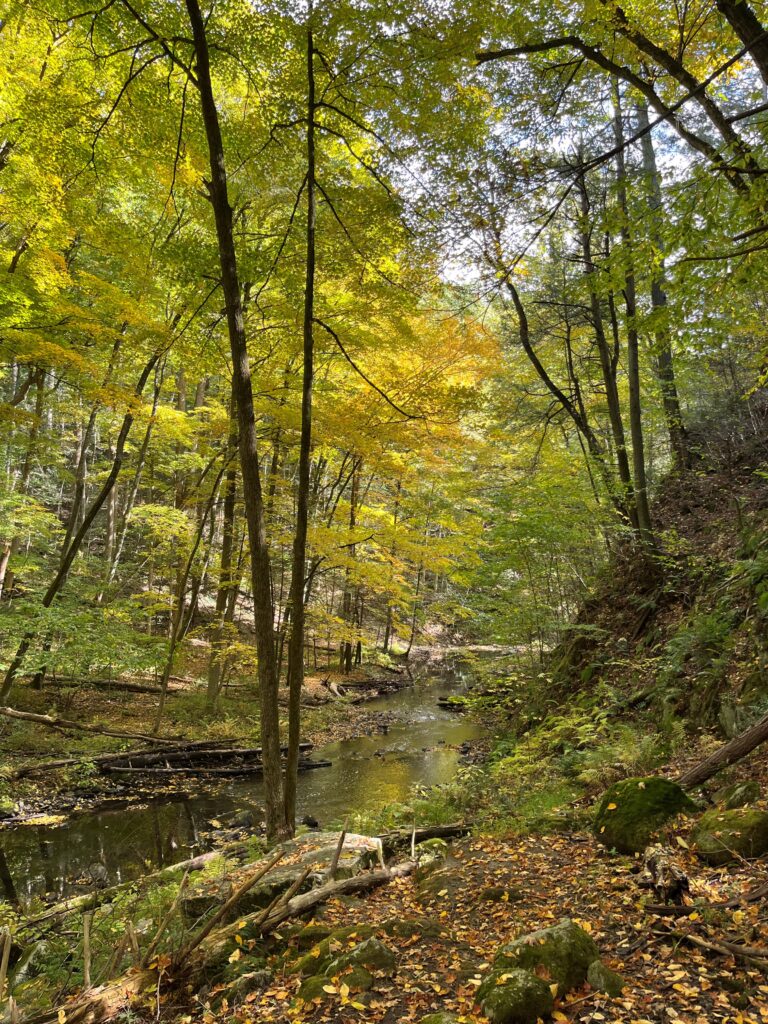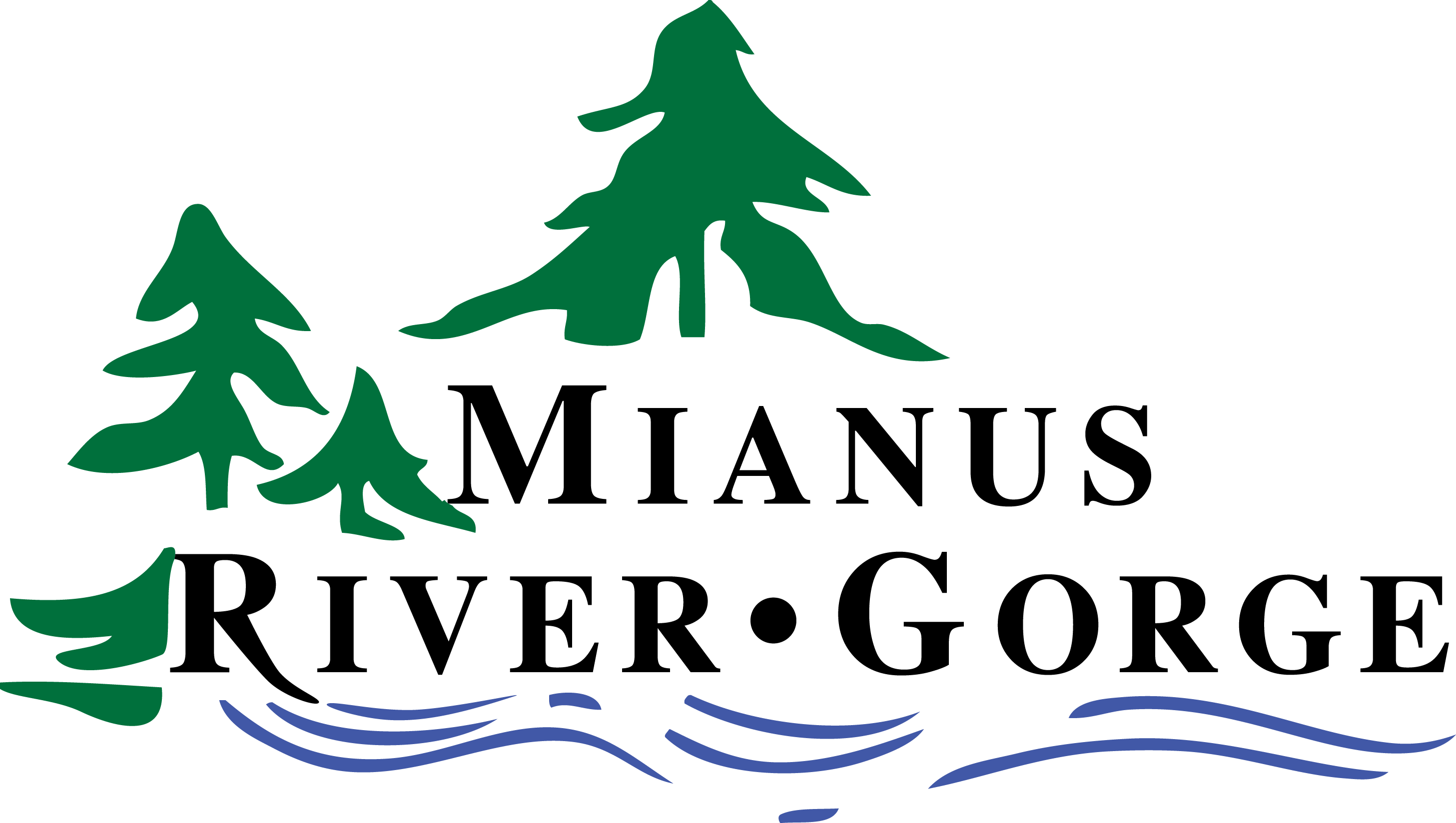Mianus River Gorge was one of the first National Natural Landmark (NNL) sites, designated by then Secretary of the Interior Sewart Udall, on March 7, 1964. The other sites included Elder Creek and Rancho La Brea in California, Corkscrew Swamp Sanctuary in Florida, Fontenelle Forest in Nebraska, Bergen-Byron in New York, and Wissahickon Valley, Pennsylvania.
Sixty years ago, as today, NNL designation sites are deemed nationally significant based on their outstanding condition, illustrative character, rarity, diversity, and value to science and education. Mianus River Gorge checked all the boxes then and continues to spearhead advances in ecological science that benefit land and water protection efforts throughout the region.
Outstanding condition: One need only to walk through the Mianus River Gorge Preserve to see the results of countless hours staff spend stewarding the trails, removing invasive species, planting native species, and caring for the ancient hemlocks in the old-growth forest.
Illustrative character: From glacial erratics left behind in the Pleistocene era to stone walls, sheep paddocks, and a stone quarry from the mid-19th century, Mianus River Gorge is filled with natural and cultural history. From tiny ephemerals to towering old-growth hemlock trees, Mianus River Gorge allows visitors to enjoy its character as illustrative of the landscape that dominated the country hundreds of years ago.
Rarity: The mere existence of an old-growth forest within 40 miles of a major metropolitan area is rare indeed. But to have 100 acres of old-growth here when only 7% of ancient old-growth forest still exists in the country is extraordinary. MRG has worked diligently over the last 60 years to protect this forest by partnering with the organizations like Cornell University and the NYS Hemlock Initiative to employ the best approach to eradicating the introduced hemlock woolly adelgid pest that threatens these magnificent trees
Diversity: While invasive species threaten the Preserve’s diversity, Mianus River Gorge is making headway in combating invasives and has completed significant ecological restoration projects in an array of habitats: wetlands, riparian corridors, mesic and wet meadows, and post-agricultural forest. Mianus River Gorge removes detrimental invasive species from these sites and protects them from hungry deer while replanting them with a diverse assemblage of native wildflowers, herbaceous plants, shrubs, and trees.
Value to science and education: Mianus River Gorge’s early founders were conservationists and natural scientists. They believed that understanding how humans impact natural systems was crucial to the effective management of our natural resources. Today, MRG’s award-winning research-based education programs for high-school, undergraduate, and graduate students support our work to develop forward-looking resource management strategies. MRG staff and students have conducted several long-term and large scale-scale studies, authored 21 academic journal articles; presented regularly at public and professional conferences; and are frequently called upon for their expertise in ecology, land protection, land management by other professionals, universities, municipalities, private landowners, and the general public. While we are proud to celebrate 60 years as one of the first National Natural Landmarks, Mianus River Gorge’s work goes beyond its land preserves to influence the future of our natural resources. As a leader in science-based land management and protection, Mianus River Gorge uses knowledge gained to educate the next generation of scientists.

